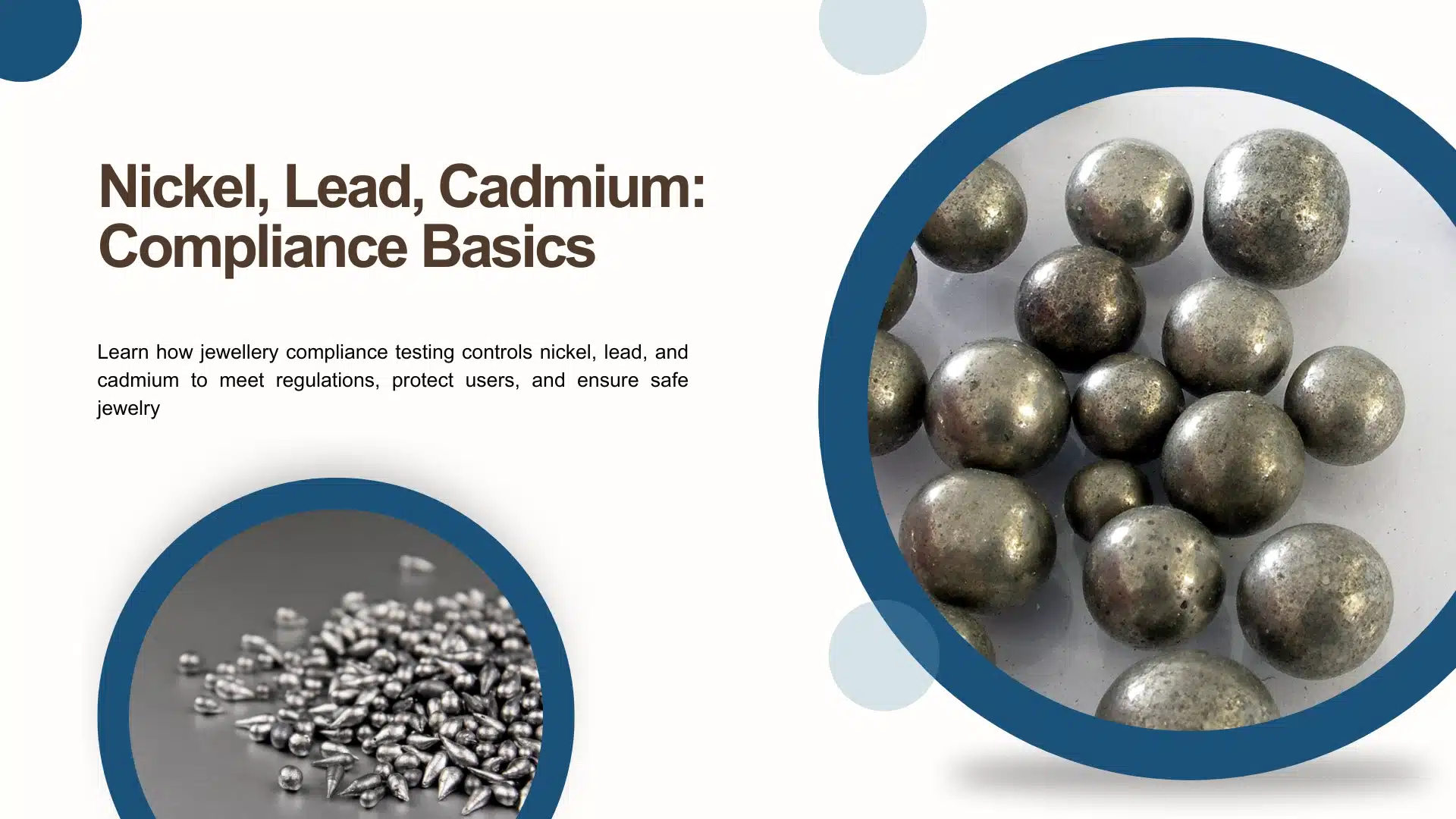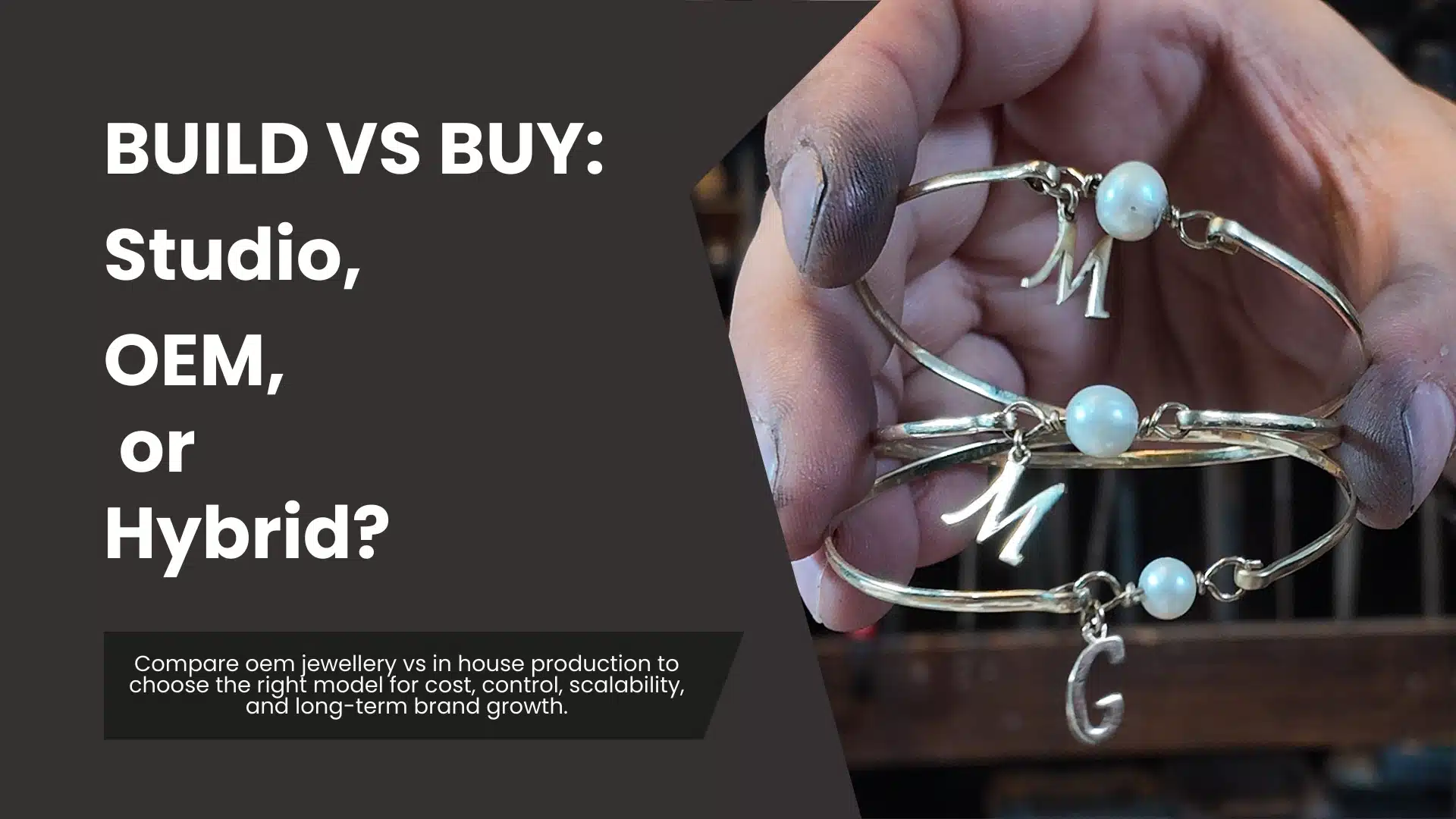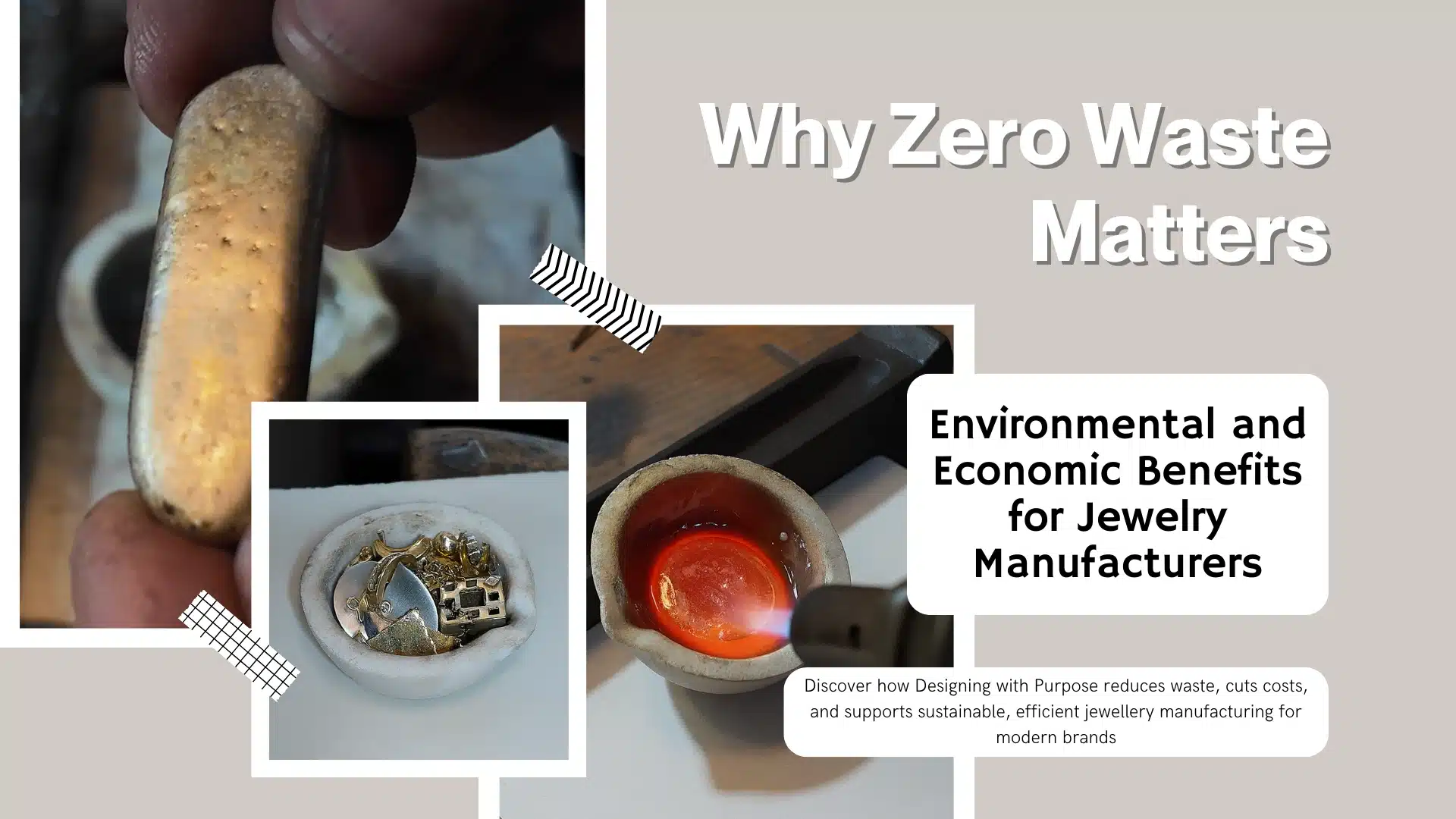The Art of Lost Wax Casting
The fluctuating prices of precious metals like gold, silver, and platinum play a significant role in determining the cost of jewelry. Over the past year, these fluctuations have been particularly notable, affecting not only the jewelry industry but also consumer choices. In this blog, we’ll explore how changes in precious metal prices over the last year have impacted jewelry costs and what this means for both consumers and manufacturers.
The Impact of Precious Metal Prices on Jewelry Costs
Precious metals are commodities traded on various global markets, and their prices can be influenced by a range of factors including economic data, geopolitical stability, and market demand. For jewelers, the cost of raw materials is a significant component of the final price of their products, making the volatility of these markets particularly impactful.
The Impact of Precious Metal Prices on Jewelry Costs
Gold is perhaps the most significant precious metal used in jewelry making. Over the past year, its price has seen substantial shifts due to economic uncertainties and changes in investor behavior. These price changes directly affect the base cost of gold jewelry, influencing everything from production costs to retail prices.
The Impact of Precious Metal Prices on Jewelry Costs
Silver, while generally less expensive than gold, follows similar market trends and has also experienced volatility. The industrial demand for silver, including its use in electronics and renewable energy sectors, adds another layer of complexity to its pricing and its subsequent impact on jewelry costs.
The Impact of Precious Metal Prices on Jewelry Costs
Platinum is another key player in the jewelry market, known for its rarity and durability. Its price is not only tied to its desirability as a luxury item but also to its industrial applications, particularly in automotive catalytic converters. The past year’s shifts in the automotive industry have therefore had implications for platinum prices and the cost of platinum jewelry.
The Impact of Precious Metal Prices on Jewelry Costs
By examining the price trends of these metals over the past year, we can see a pattern of rising and falling prices that correlate closely with global economic indicators. For instance, during times of economic stability, prices tend to rise due to increased consumer spending and investment in luxury items like jewelry. Conversely, in periods of economic uncertainty, prices may fall as gold becomes a ‘safe haven’ asset, leading to increased investment that does not necessarily benefit jewelers or consumers looking to purchase new items.
The Impact of Precious Metal Prices on Jewelry Costs
For consumers, understanding the impact of precious metal prices on jewelry is crucial when considering a purchase. Prices can vary significantly based on the underlying metal costs, making it important to monitor these trends and potentially time purchases around them. For jewelers, managing the risk associated with volatile metal prices is key to maintaining profitability. Strategies such as hedging, using alternative materials, or adjusting product lines can help mitigate the impact of price fluctuations on the final cost of jewelry.
By staying informed about precious metal markets, both consumers and industry professionals can make more strategic decisions and better understand the complex dynamics that influence the pricing of beautiful jewelry pieces.
Create Your Design
Related Posts

What Every Founder Should Know Before Starting a Jewelry Brand
Starting a jewelry brand feels exciting. Many founders begin with beautiful ideas, strong emotions, and creative passion. However, success depends on more than design alone. This is where jewelry brand planning becomes essential. A clear plan helps founders avoid costly mistakes and build a brand that lasts. Before choosing materials or launching products, every founder should understand the business side of jewelry.

Nickel, Lead, Cadmium: Compliance Basics
Jewellery touches the skin every day, which makes safety non-negotiable. Metals such as nickel, lead, and cadmium can cause serious health concerns when used incorrectly. This is why jewellery compliance testing has become a core requirement for responsible manufacturers and brands. Compliance protects consumers, builds trust, and ensures products meet international regulations.

Gold Price Volatility: How to Protect Margins
Gold prices rarely move in a straight line. They rise with inflation fears, fall with market optimism, and react quickly to global events. For jewelry manufacturers and brands, this constant movement creates pressure on margins. That is why having a clear jewellery hedging strategy is no longer optional. It allows businesses to manage uncertainty, protect profitability, and plan production with confidence.

Build vs Buy: Studio, OEM, or Hybrid?
Every growing jewelry brand eventually faces a major decision: should you build everything in-house, outsource to an OEM partner, or combine both models? This question goes far beyond cost. It affects quality, speed, flexibility, and brand control. Understanding oem jewellery vs in house helps brands choose a structure that supports long-term growth, not just short-term production.

Why Zero Waste Matters: Environmental and Economic Benefits for Jewelry Manufacturers
Today’s jewelry industry faces growing pressure to act responsibly. Materials, methods, and waste management all shape how brands are perceived and how efficiently they operate. This is why Designing with Purpose has become a leading principle. Zero-waste thinking is no longer a niche trend but a practical and ethical approach that benefits both the planet and the manufacturer.






